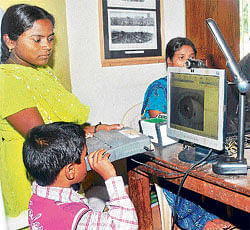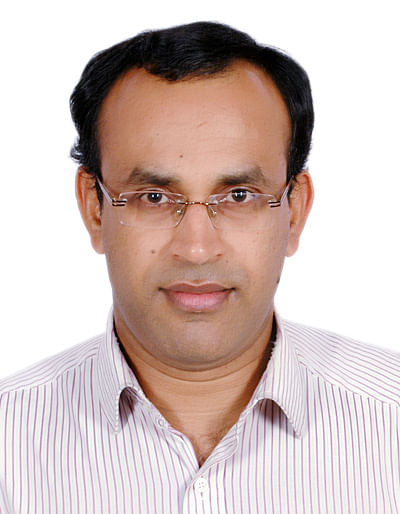
With an appalling over 65 per cent of the total money spent on welfare schemes meant for the poor not reaching them, the mandarins of the government are now looking at the magic number, “Aadhaar”, or unique identity number issued by Unique Identification Authority of India (UIDAI), as a quick fix solution.
As the UIDAI is celebrating the successful issue of one crore Aadhaar numbers as on June 30, 2011, officials of various departments are knocking on the door of the Authority, seeking a linkage between UID numbers and welfare schemes rolled out by them.
Though applying for an Aadhaar number is optional, the government is keen to bring all poor under its ambit to plug leakages in delivering benefits of welfare schemes. This means, a person eligible to draw subsidised foodgrains under Public Distribution System (PDS), must possess an UID number which will be linked to his ration card.
When the ration card holder draws rice or wheat from the ration shop, he must provide his biometric data (unique physical traits collected while issuing UID) which can be cross checked with his biometrics stored in a central data depository (CDD) of the UIDAI. Only if the CDD gives the nod, the ration shop owner will issue foodgrains to the beneficiary.
Plugging leakage
“This will prevent non-PDS card holders siphoning off foodgrains in the name of genuine beneficiaries,” said Union Food Minister K V Thomas, who has been holding meetings with UIDAI chairman Nandan Nilekani to link ration cards with UID numbers.
With the Planning Commission considering direct cash transfer in place of foodgrain and fertiliser subsidy, government agencies may insist on beneficiaries opening a bank account by citing UID number.
According to Nilekani, Aadhaar is working with Reserve Bank of India and Ministry of finance to ensure that banks can use UID to assist citizens even in the remotest parts of the country get financial inclusion. Sikkim and Tripura state governments have already started accepting UID as official identification.
Thus, Aadhaar is taking centre stage as a means to deliver good governance and ensure financial inclusion of the poor, say officials. The UIDAI is already conducting a pilot disbursement of funds under the Mahatma Gandhi National Rural Employment Guarantee Scheme (MNREGS) to Jharkhand through Union Bank, ICICI Bank and Bank of India branches, where micro-ATMs will be deployed for payments.
Huge savings
A McKinsey report on Inclusive Growth and Financial Security, published in October 2010 noted that an electronic platform for government payments will save the exchequer around Rs one lakh crore.
The idea of issuing an Aadhaar number to every citizen was first mooted by the Planning Commission as an answer to plug leakages in welfare schemes. Around the same time, the Registrar General of India (RGI) was also involved in the process of creating a National Population Register and issuing Multipurpose National Identity cards to all citizens.
In 2006, an Empowered Group of Ministers (EGoM) was constituted to collate two schemes — Population Register under the Citizenship Act, 1955 and the Unique Identification Number project.
In January 2009, UIDAI under the Planning Commission was constituted to provide a 12-digit unique identification number dubbed as Aadhaar. The scheme was launched on September 29, 2010 by Prime Minister Manmohan Singh at Thambali village of Nandurbar district in Maharashtra.
The Authority has enrolled 3.5 crore people till June 30 and issued one crore numbers. Enrollments are in progress in more than 25 States and Union Territories by more than 30 registrars with the help of over 11,000 operators.
Nilekani is confident of meeting the target of generating 60 crore UID numbers by 2014. “Enrollment will accelerate in the coming weeks as more registrars will be deployed, he said.
